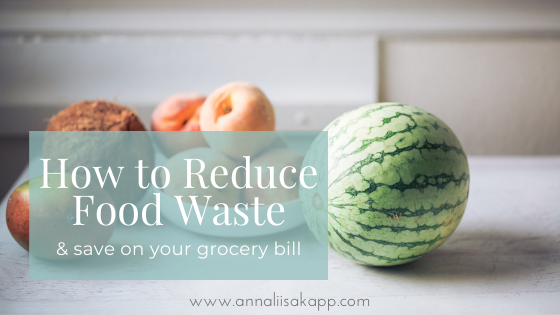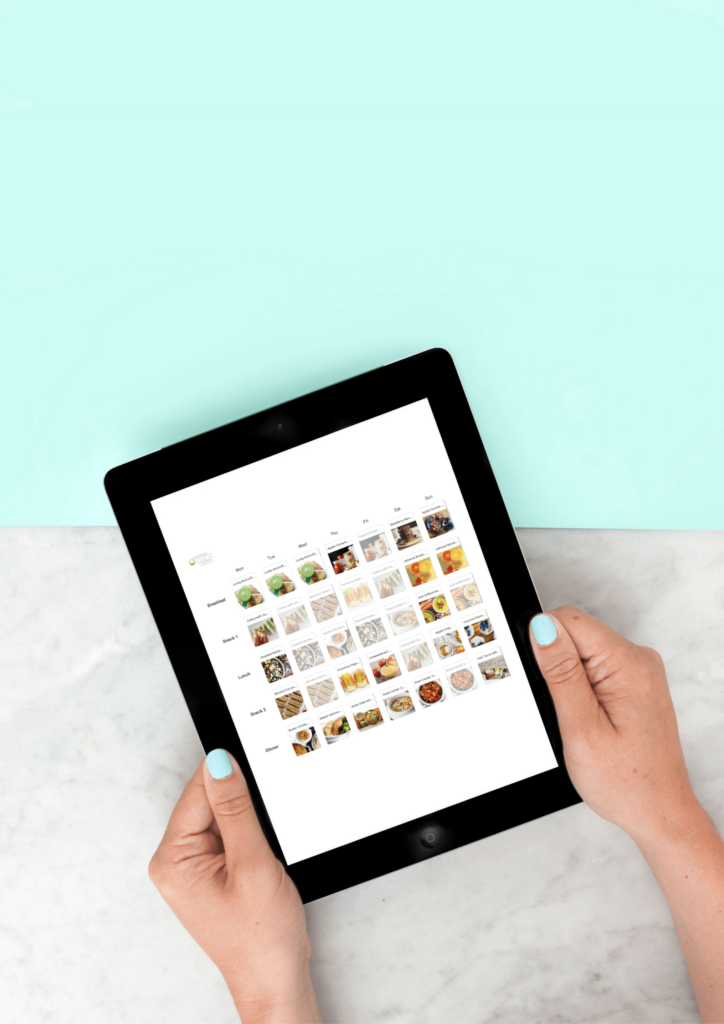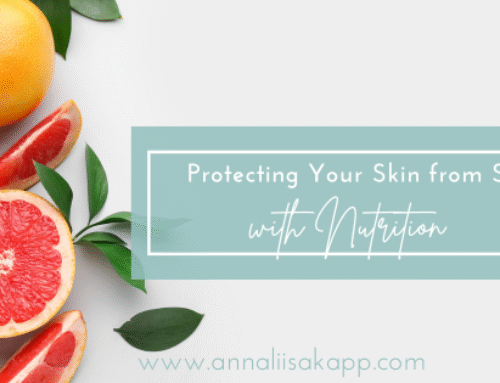
.
As the price of food rises, it’s an opportunity to adapt and learn, so the impact on our daily life is minimal.
I’ve done some research into various ways we can save on our weekly grocery bills by becoming more savvy with our food storage, meal planning skills and shopping habits. I know there are many more things you can do, like growing your own herbs & produce, shopping in bulk, and trying out your local CSA boxes, but let’s start here!
Here are steps you can take:
1. Store your produce properly
Different fruits and veggies require various environments to keep fresh for longer. Here is a quick breakdown for you:
Cool, dry and in the dark
Potatoes, onions, garlic and winter squash are sensitive to the cold and should not be kept in the fridge. Keep the first three items in their own individual paper bags.
On the kitchen counter
Tomatoes, eggplant, bananas, avocados (and other fruits that you want to ripen) are all best kept at room temperature.
Upright in water
Green onions, asparagus and most fresh herbs are best stored in the fridge standing upright in a shallow glass of water with a plastic bag covering them.
In the crisper
The humidity in a crisper is slightly higher than in the rest of the fridge so put foods here that can benefit from this environment, including apples, lettuce, celery, oranges and grapefruit. Keep washed lettuce rolled in a damp tea towel and keep celery wrapped in foil or plastic. Store mushrooms in a paper bag.
Covered in the fridge
The best way to store cauliflower, cherries, zucchini and bell peppers is in a breathable container or covered with a damp cloth.
Uncovered in the fridge
Brussels sprouts and cabbage do well uncovered in the fridge.
Sealed in the fridge
Lemons can last four times longer if sealed in a plastic bag versus left out on the counter.
Carrots keep best if completely covered with water.
In the freezer
Most people already know about the old favourites that keep so well in the freezer (ex. berries, bananas, blanched vegetables), but did you know that you can also freeze cooked beans, avocados and ginger root? Even eggs can be cracked into ice cube trays (with yolks poked), and then kept in a sealed container in the freezer for up to one year.
Keep the ethylene emitters separate
Ethylene is a ripening agent emitted by certain fruits which can cause premature ripening of surrounding produce. Here are your ethylene emitters:
- Apples
- Apricots
- Avocados
- Bananas
- Figs
- Kiwi
- Mangoes
- Melons
- Nectarines
- Papayas
- Peaches
- Pears
- Plums
- Tomatoes
.
2. Label food properly
Organize your fridge, freezer, & pantry with labels. Add a date and description of foods you are putting into your freezer and fridge so you know exactly what you have. Create a list on your fridge so you know exactly what you have in your freezer for leftover meals.
.
3. Plan your meal ahead
If there is one secret to make healthy living manageable and stress free, it’s the magic of food prep. Developing these skills will keep you on the right track and make you fall in love with healthy living on a much deeper and enjoyable way.
Start with a simple mini meal prep – 1 soup, 1 protein, 1 salad or cooked veggie
.
4. Shop online
Shopping online is like having a personal shopper, for free! It helps to save time, gas and reduces the amount of spontaneous shopping. I personally use Spud weekly, and I plan my meal plan around seasonal produce and sale items. You can order once, or use it weekly. There is no membership requirement for using Spud.
To order your groceries online to save money: www.spud.ca (use CRVAN-KAPANN at checkout to save $40 on your first order until March 21st) This is my personal affiliate code.
I hope you found this helpful and try out some suggestions to start saving money!
Need some delish recipes and inspiration to get your healthy eating back on track?
Download your FREE meal plan, shopping list, and meal prep guide that will save your HOURS in the kitchen and kick start your healthy living.






